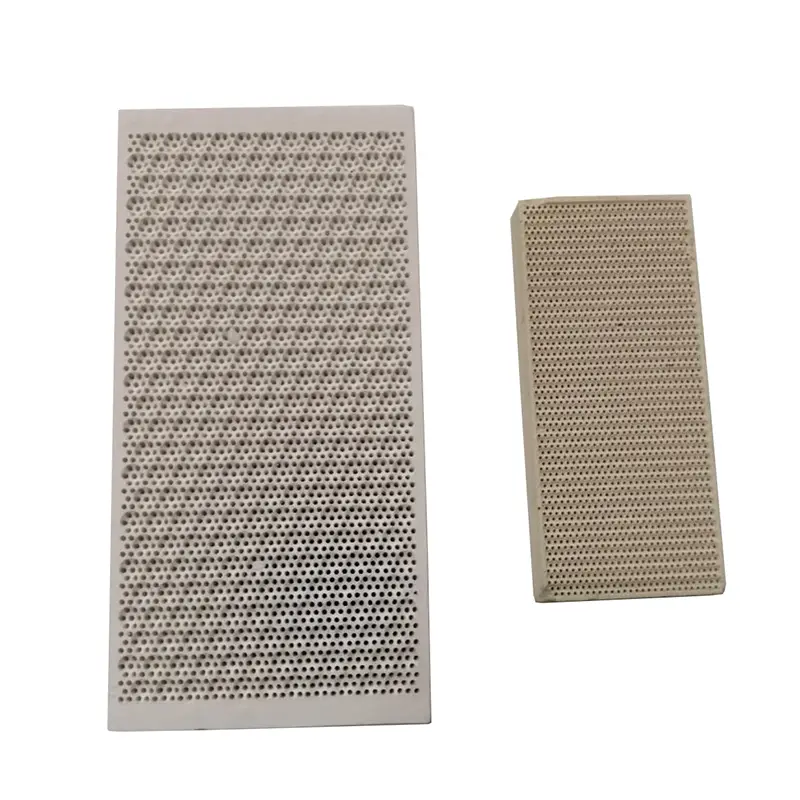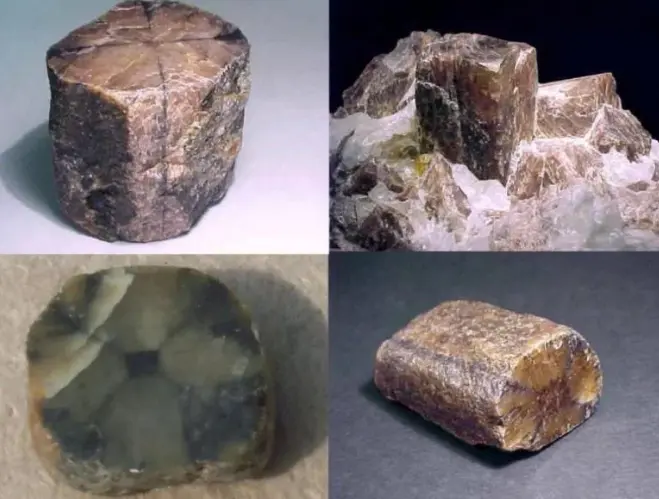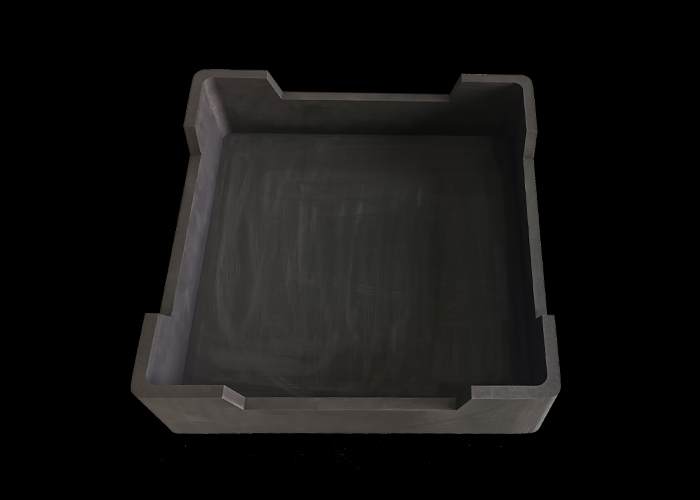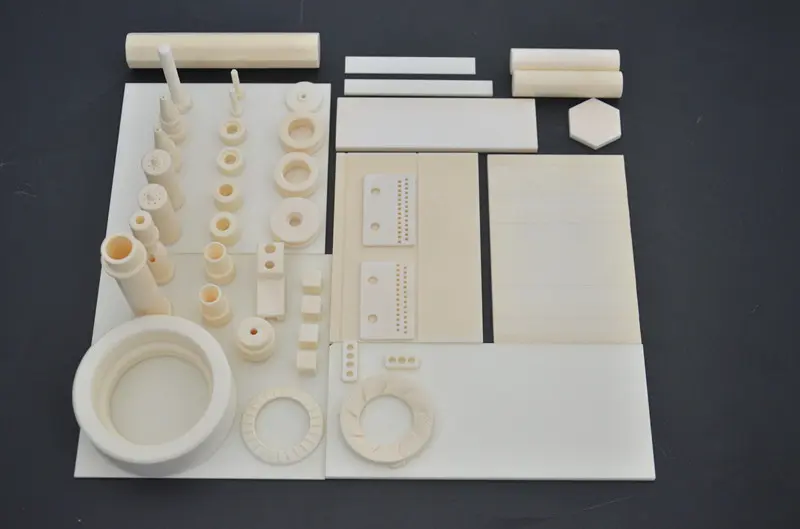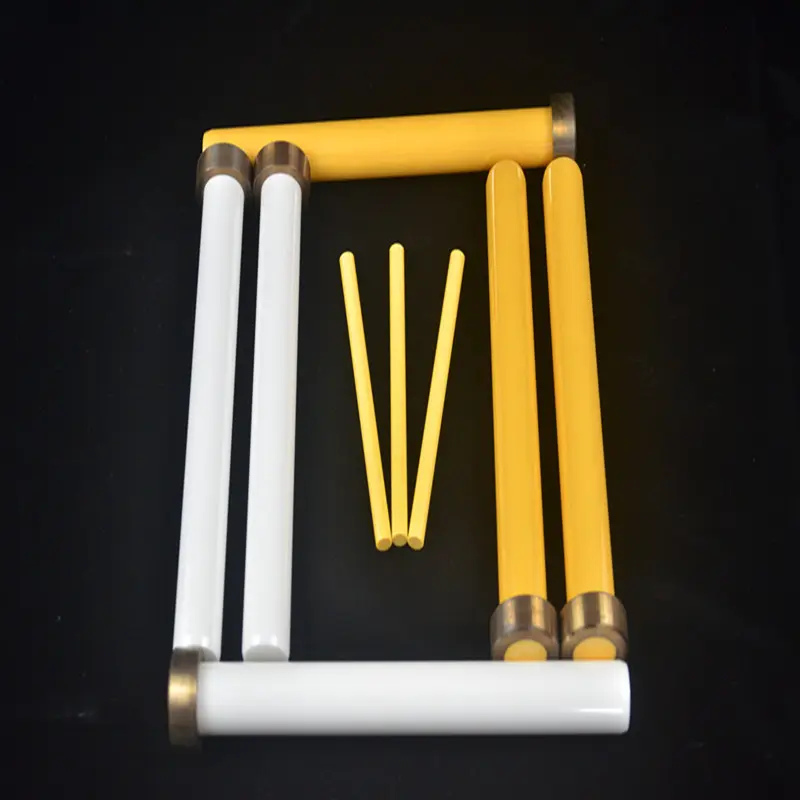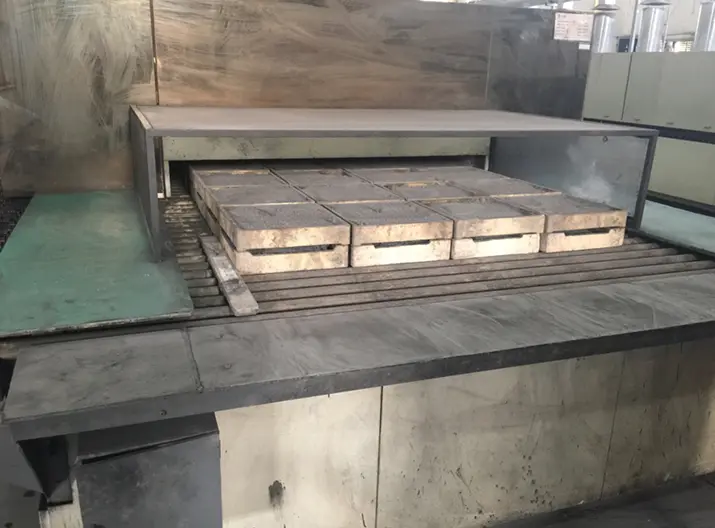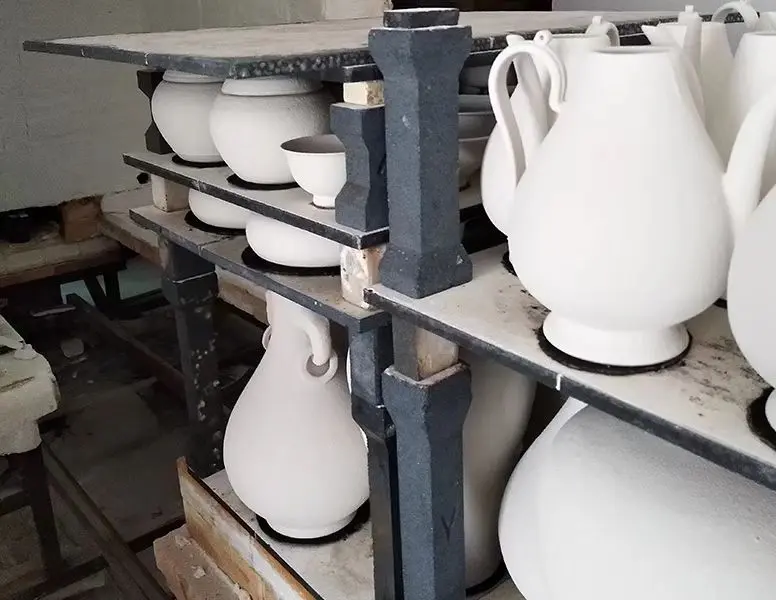Learn more about ferrite cores
Ferrites have an advantage over other types of magnetic materials due to their high electrical resistivity and low eddy current losses over a wide frequency range. These characteristics, along with high permeability, make ferrite ideal for use in applications such as high frequency transformers, wide band transformers, adjustable inductors and other high frequency circuitry from 10 kHz to 50 MHz. Ferrites are available in a wide variety of materials and geometries allowing for flexibility in magnetics and mechanical parameters.
How important is permeability in power materials?
Permeability is flux density (B) divided by drive level (H). Power materials are generally used for high frequency transformer applications; therefore, the important characteristics are high flux density and/or low core losses. Permeability is of lower importance because of its variability over an operating flux range.
What is disaccommodation?
Disaccommodation occurs in ferrites and is the reduction of permeability with time after a core is demagnetized. This demagnetization can be caused by heating above the Curie point by applying an alternating current of diminishing amplitude or by mechanically shocking the core. In this phenomenon, the permeability increases towards its original value, then starts to decrease exponentially. If no extreme conditions are expected in the application, permeability changes will be small because most of the change has occurred during the first few months after manufacture of the core. High temperature accelerates the decrease in permeability. Disaccommodation is repeatable with each successive demagnetization; thus, it is not the same as aging.
Why are actual core losses larger than calculated?
When calculating the core losses, it is assumed that the structure is homogeneous. In reality, when core halves are mated, there is leakage flux (fringing flux) at the mating surfaces, and the gap losses contribute to the total losses. Gap losses are caused by flux concentration in the core and eddy currents generated in the windings. When a core is gapped, this gap loss can drastically increase overall losses. Additionally, because the cross-sectional area of many core geometries is not uniform, local “hot spots” can develop at points of minimum cross section. This creates localized areas of increased flux density, resulting in higher losses at those points.
What is the difference between nickel-zinc and manganese-zinc ferrites?
MnZn materials have a high permeability, while NiZn ferrites have a low permeability. Manganese-zinc ferrites are used in applications where the operating frequency is less than 5 MHz. Nickel-zinc ferrites have a higher resistivity and are used at frequencies from 2 MHz to several hundred megahertz. The exception is common mode inductors where the impedance of MnZn material makes it the best choice up to 70 MHz and NiZn is recommended from 70 MHz to several hundred GHz.
Why, in some cases, is only the minimum AL listed in the core datasheet?
Permeability (and AL) varies with drive level. For power applications, there is no need to place a limit on the maximum AL. A minimum AL translates into maximum excitation current.
What is the proper clamping pressure for ferrites?
Generally, a recommended figure is about 700 kg/m2 (100 lbs./sq. in.) of mating surface. For specific recommended pressures for RM, PQ, EP, and pot cores, consult the Magnetics Ferrite Core Catalog.
Why do you flat-grind ferrite cores?
Cores are flat-ground on the mating surface because of the uneven surface produced during the firing process. It is important for cores to mate with a minimum air gap to keep the gap losses low and to achieve optimum inductance.
Why do cores get lapped? What is the surface finish?
Lapping is an additional production process used to improve the mating surface. It Is typically done on cores with material permeability of 5000 and greater in order to achieve the maximum AL value for a given material. A mirror-like finish is the result. The surface finish for a normally flat-ground surface is 0.5 to 1.0 microns and for a lapped core is 0.1 to 0.2 microns.


